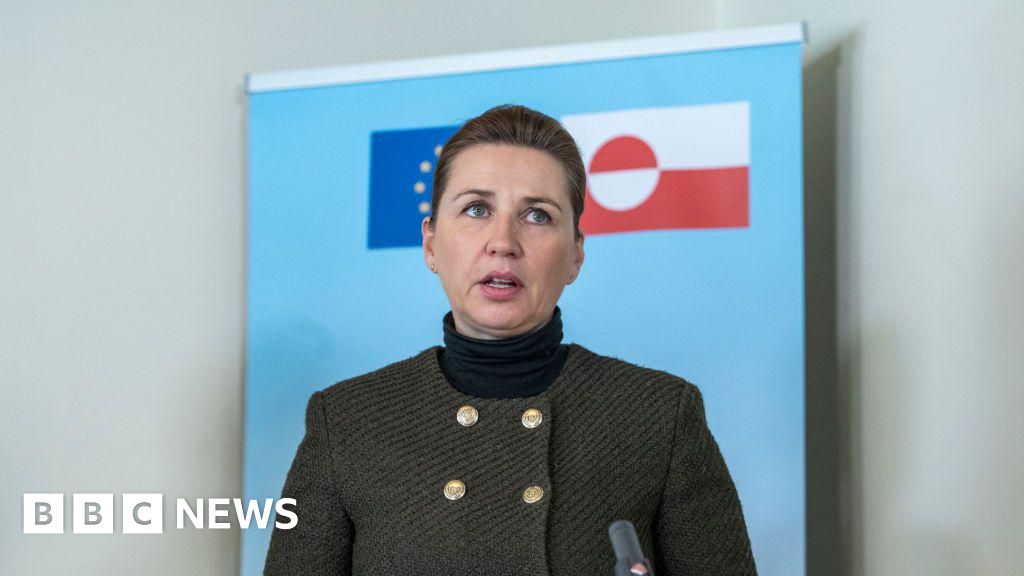
(Trends Wide) — The Vaccine and Related Biological Products Advisory Committee (VRBPAC), independent of the US Food and Drug Administration (FDA), voted Tuesday to support the recommendation of include a specific component of the omicron variant for a booster vaccine against covid-19.
The 21 voting members of the independent FDA committee voted on the question, “Does the committee recommend the inclusion of a SARS-CoV-2 omicron component for covid-19 booster vaccines in the United States?”
Nineteen of the members voted yes, two voted no.
“I voted for omicron because I think it’s important for amplifying immunity,” said Dr. Wayne Marasco, a professor of medicine in the department of cancer immunology and virology at Dana-Farber Cancer Institute Harvard Medical School. “I will say that I was very impressed today that we can do better.”
“I think this is a step in the right direction, but we have to reassess this as we go along,” he added.
The committee felt that a modified vaccine would offer broader protection to match the strain of coronavirus now in circulation.
Two subvariants of omicron, BA.4 and BA.5, now dominate COVID-19 transmission in the United States, according to the US Centers for Disease Control and Prevention.
This means that the Covid-19 vaccine that people in the United States will receive in the future will be different. The committee does not determine how. The committee was not asked to vote on which sublineage to include or whether the booster should be a bivalent or monovalent vaccine.
Dr. Peter Marks, director of the FDA’s Center for Biological Evaluation and Research, said there will be a conversation going forward to determine who needs another booster and what that booster will look like. Marks noted that a bivalent vaccine targeting the BA.4 and BA.5 subvariants of omicron seemed to be the committee’s preference.
When the FDA’s independent vaccine advisers met in April, they agreed they needed to develop a framework for how the country can keep up with the evolving virus with an appropriate vaccine strategy. The FDA said in May that the “new normal” may include an annual Covid-19 and flu shot for people in the fall. Cases are expected to spike again in the fall and winter.
Current Covid-19 vaccines are based on the coronavirus that emerged in late 2019, but Pfizer and Moderna have been working on updated versions of the vaccines. Current vaccines are not as effective against circulating variants.
Moderna presented details on its bivalent COVID-19 vaccine booster, mRNA-1273.214, which the company says elicits “potent” immune responses against omicron’s BA.4 and BA.5 subvariants.
Moderna’s bivalent booster vaccine candidate contains components from both Moderna’s original COVID-19 vaccine and a vaccine that targets the omicron variant.
Pfizer/BioNTech also presented data to the committee showing that its two omicron-targeted COVID-19 vaccine boosters showed a substantially greater immune response than its current COVID-19 vaccine. Preliminary laboratory studies suggest that the vaccines could neutralize the BA.4 and BA.5 omicron variants.
Another vaccine maker, Novavax, has the support of an emergency use authorization committee in the United States, but the FDA has not yet licensed its vaccine. Novavax told the committee that it has been developing variant-specific updated versions of its Covid-19 vaccine, as well as a combined Covid-19 and flu vaccine.
Following the VRBPAC vote, the FDA will rule on the updated vaccine. Next, a panel of independent experts advising CDC will take a closer look at the available data and recommend that the CDC director decide whether to approve these recommendations.






